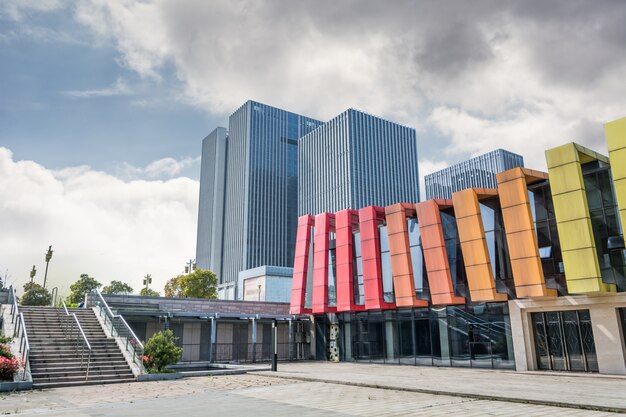
Sponsored article
As educational needs evolve, so too must the spaces in which learning takes place. Modular school buildings offer a fresh approach to designing educational environments that meet the growing demands for flexibility, efficiency, and sustainability. These innovative structures provide adaptive solutions that can transform the way schools are constructed and utilized, paving the way for improved learning experiences and outcomes. In this article, we delve into the transformative potential of modular buildings in the educational sector.
Modular construction offers a multitude of benefits that are transforming educational spaces. One of the key advantages is school building flexibility, allowing educational institutions to easily adapt to changing needs. Whether it’s adding more classrooms or creating multi-purpose areas, modular school buildings can be reconfigured or expanded with minimal disruption. This approach is not only time-efficient but also cost-effective, as modular construction significantly reduces the overall building timeline, allowing schools to open their doors sooner without compromising on quality. Additionally, the use of high-quality materials ensures longevity and durability, further amplifying the cost savings over time. Moreover, modular construction benefits schools by providing innovative solutions tailored to educational needs, enhancing learning environments with modern design elements. As educational institutions face evolving demands, the ability to quickly adapt with modular solutions becomes invaluable. To learn more, visit https://cdnportable.com/ and explore how modular school buildings can redefine educational spaces.
Designing for modern learning environments through modular school buildings offers a unique opportunity to reimagine educational spaces. These innovative design solutions prioritize flexibility and adaptability, essential for contemporary educational practices. Key features include open floor plans that encourage collaboration and communication among students and educators. The customizable nature of modular buildings allows schools to create tailored learning spaces that can be reconfigured easily to suit various teaching methods. In addition, technology integration is seamless, supporting interactive classrooms that engage students in dynamic learning experiences. Such environments can significantly enhance educational outcomes by fostering a sense of curiosity and creativity. Benefits of integrating modular buildings in educational settings include:
This strategic approach ensures that educational spaces remain relevant and conducive to modern learning.
Modular school buildings stand at the forefront of modern educational transformations, particularly in the realm of sustainability and environmental impact. These sustainable school buildings are constructed using eco-friendly materials that minimize harmful emissions and reduce the carbon footprint. By incorporating energy-efficient designs, such as advanced insulation and solar panel integration, modular schools significantly lower energy consumption, leading to more environmentally responsible learning spaces. Furthermore, the prefabricated nature of modular construction promotes reduced waste, as materials are precisely cut and assembled in controlled environments, curtailing excess during the building process. This streamlined approach not only accelerates the construction timeline but also diminishes the ecological disturbance usually associated with traditional construction methods. As educational institutions increasingly prioritize green initiatives, opting for eco-friendly construction in modular school buildings is a substantive step toward a sustainable future—one where learning environments are not just spaces for education, but also for fostering stewardship of our planet.